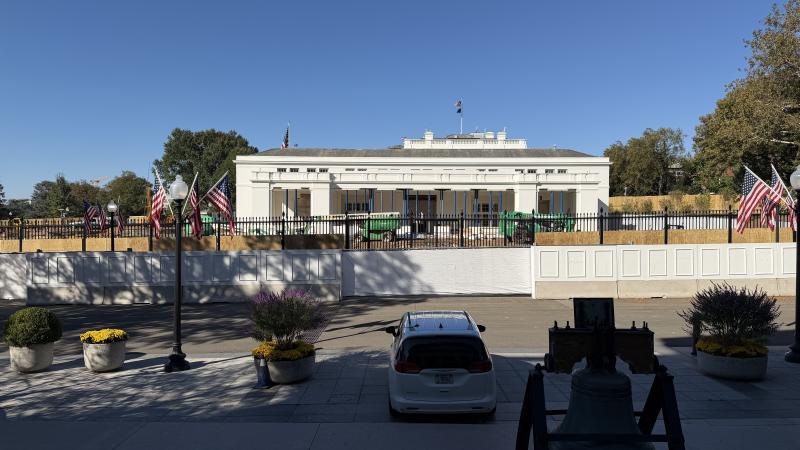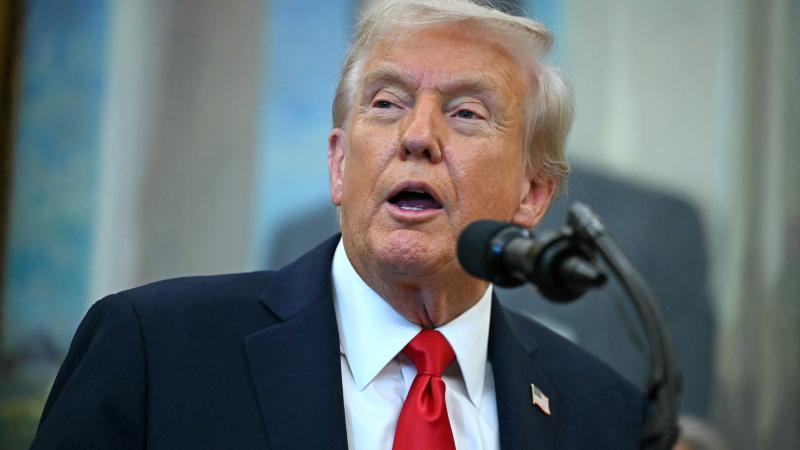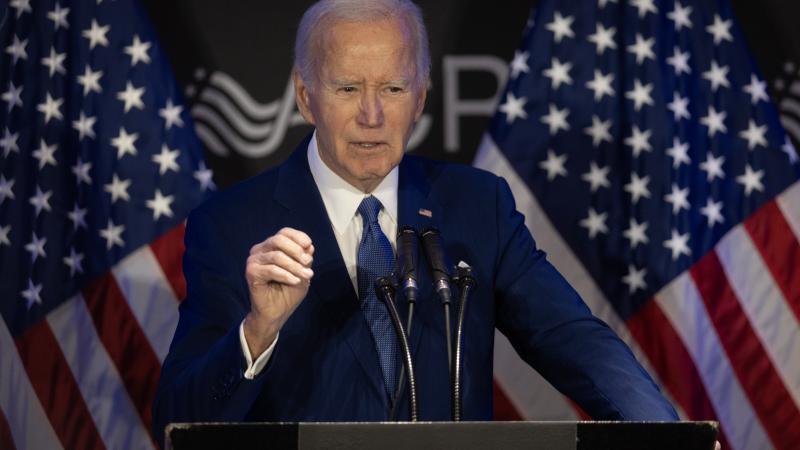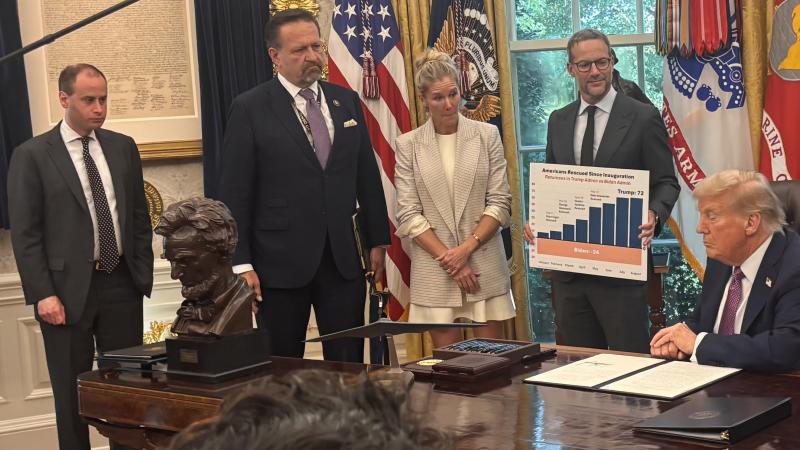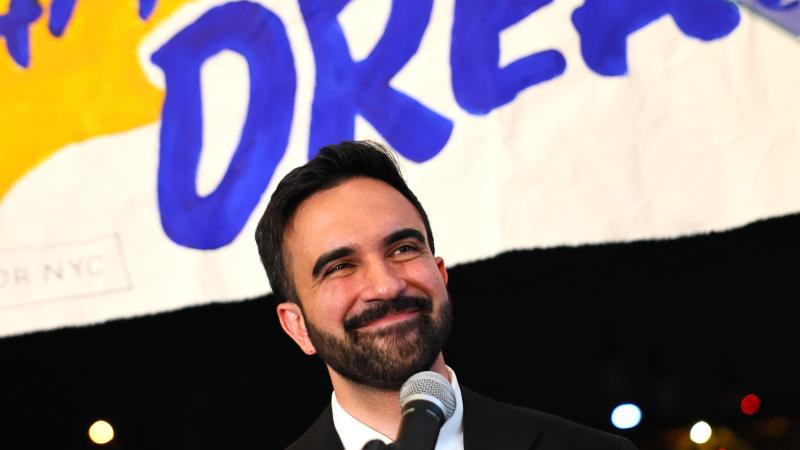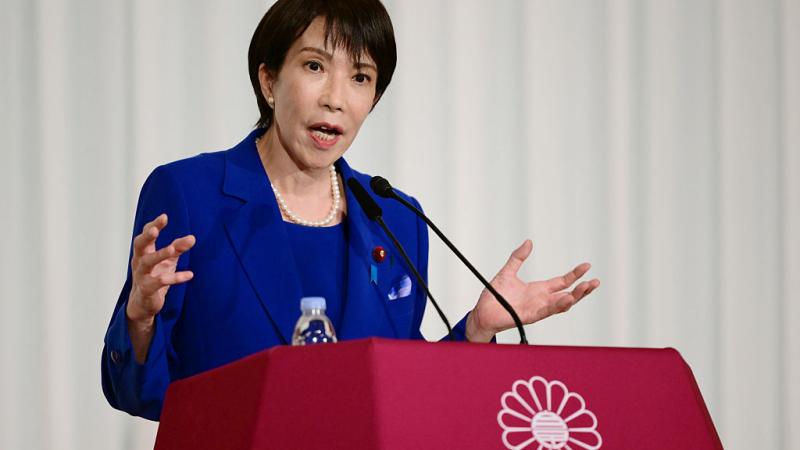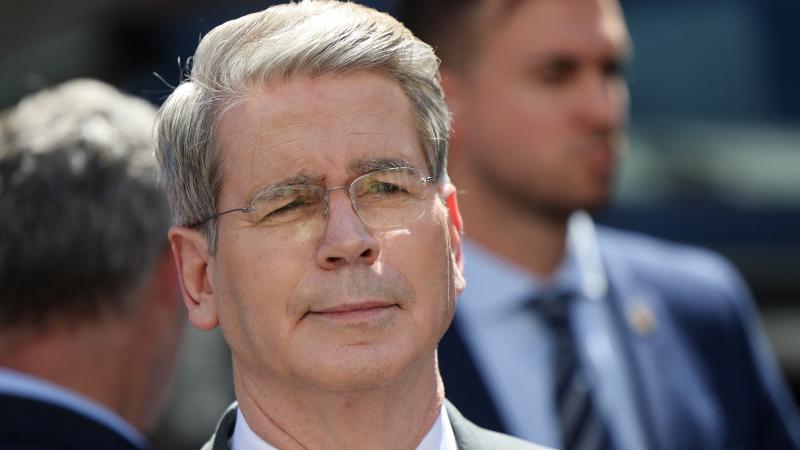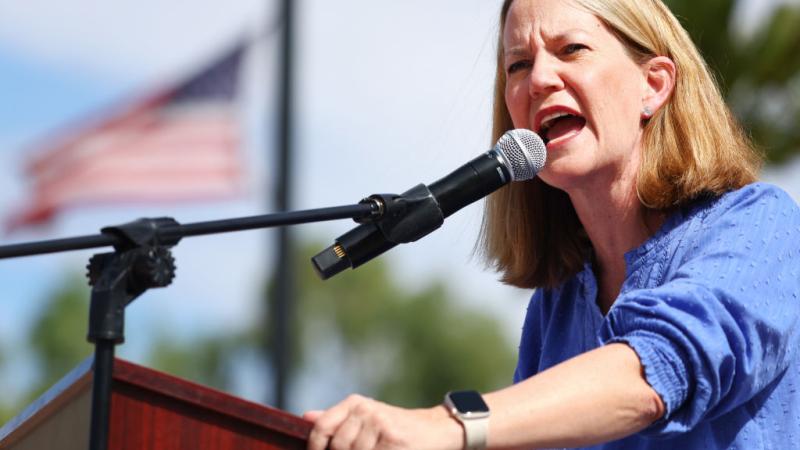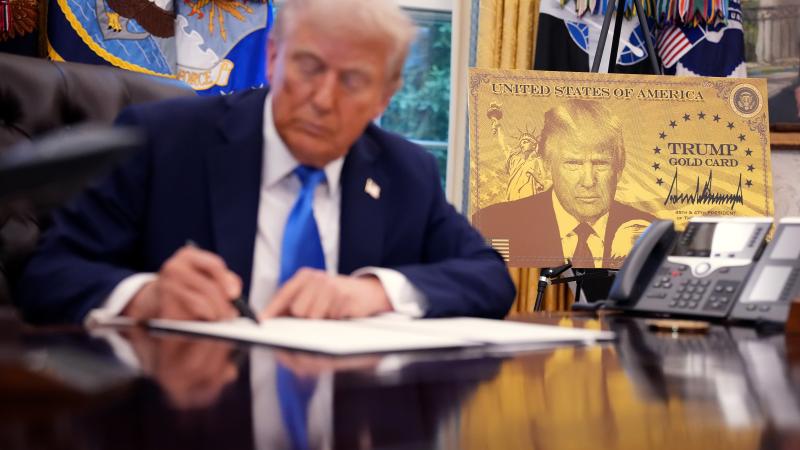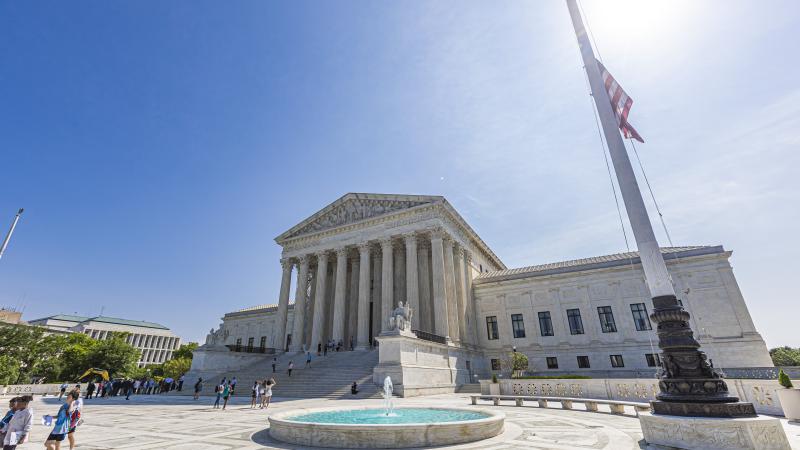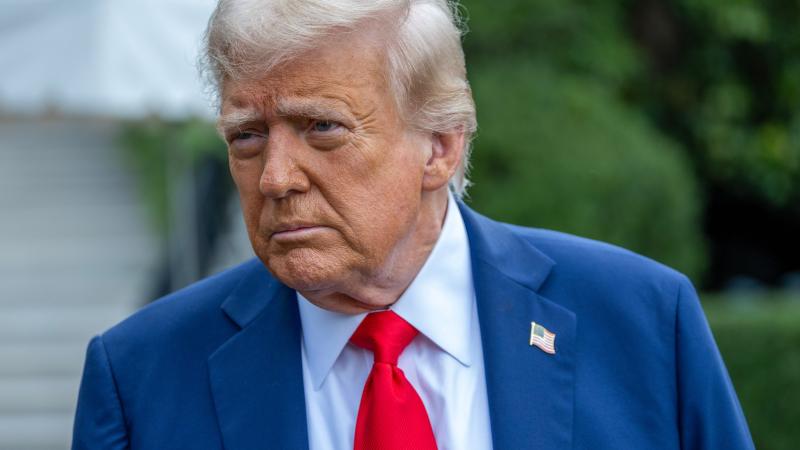Growing tariff revenues, court rulings raise hopes Trump could put U.S. on path to balanced budget
Eliminating the $2 trillion annual deficit would require increasing revenue, decreasing spending, or a combination of the two.
Considered by some to be a pie-in-the-sky aspiration of fiscal conservatives, President Donald Trump is now raising hopes that he can use growing tariff revenues, rescission spending cuts and new court rulings that allow him to shrink government to put the nation on a path toward a long-elusive balanced budget.
"I'm looking at these dollars every single day, and it's an exciting time to make sure that we are taking a crack at this $37 trillion of debt that we're placing on the backs of our children and future generations," Rep. Julia Letlow, R-La., a House Appropriations Committee member, told Just the News on Tuesday.
Letlow praised Trump for her rising enthusiasm, saying voters "have a president that is committed to making sure that we have an America that will prosper again. He is setting us on that course. He's done it once before. He's doing it again."
With the help of Vice President JD Vance, the Senate took a major step Tuesday night toward new spending cuts, advancing a rescissions package to trim $9 billion from the federal budget, including subsidies for National Public Radio and PBS. The House has already approved the legislation.
Supreme Court allows the Executive Branch to do its job
The courts are also empowering Trump to cut deeper with layoffs and restructuring of federal agencies.
On Monday, the U.S. Supreme Court issued a 6-3 decision in McMahon v. State of New York, temporarily lifting an injunction affirmed by the First Circuit Court of Appeals that blocked Trump’s plan to lay off around 1,400 employees within the Department of Education. The ruling allows the Trump administration to proceed with planned mass layoffs, which had been halted by a federal judge in May.
Justice Sotomayor, joined by Justicies Kagan and Jackson, dissented in harsh tones, saying that the "threat to our Constitution’s separation of powers is grave."
U.S. District Judge Myong Joun ruled that the layoffs, as part of an effort to dismantle the Department of Education, required congressional authorization and ordered the reinstatement of the fired workers. While the First Circuit affirmed the decision, the Supreme Court disagreed and stayed the lower court's decision.
The Supreme Court also lifted a lower court order on July 8 that blocked Trump’s executive order calling for large-scale reductions in the federal workforce, known as “reductions in force” (RIFs).
The 6-3 decision, with Justice Ketanji Brown Jackson dissenting, allows the administration to resume its plans for mass layoffs across agencies like the Departments of Commerce, Health and Human Services (HHS), Agriculture, State, Treasury, and Veterans Affairs.
The Court stated that the administration was likely to succeed in arguing that the executive order and related memoranda were legal, though it did not rule on the ultimate legality of the layoffs.
The Supreme Court previously ruled to allow the Department of Government (DOGE) to proceed with utilizing Social Security records to conduct its work of identifying and eliminating waste, fraud and abuse. The decision allows DOGE to utilize sensitive records with fewer transparency requirements as it also seeks to downsize the federal government.
These decisions represent a significant step toward Trump’s goal of downsizing the federal bureaucracy, moving ever-closer to a balanced budget.
Tariff revenue, rescissions as a deficit offset
Tariffs could greatly enhance the impact of government cuts proposed by the Trump administration and codified in the recently-passed "One Big, Beautiful Bill" with new revenues.
According to economist Peter Navarro, who is the senior counselor for trade and manufacturing to the president, as of July 1, the United States has reaped $106.1 billion dollars in tariff revenue. If the same pace and level of tariffs remain the same, that would translate to around $300 billion added to the government coffers annually, Treasury Secretary Scott Bessent said on Tuesday.
Rescissions -- the clawback or elimination of longstanding spending often seen as sinecures -- could also prove to be a fruitful way of reclaiming tax dollars.
Numerous members of Congress, including House Speaker Mike Johnson, R-La., have indicated that the $9 billion rescission package would be the "first of many," possibly compounding savings for the American people.
Rep. Ralph Norman, R-S.C., who sits on the powerful Budget, Rules and Financial Services committees, told Just The News, "We've got a math problem in Congress. We spend too much. I hope we can keep them [rescission packages] coming and show the American people that since we have the House, the Senate and the White House, that we mean what we say, and we're true conservatives. I'm excited about it."
The fight for fiscal responsibility
Balancing the budget has been a clarion call for Republicans on the campaign trail and on the floor of Congress for decades, as fiscal conservatives try to get America's spending under manageable control. Their detractors argue that strict adherence to a balanced budget can limit necessary investments or economic stimulus, especially during economic downturns.
The fight for fiscal responsibility looms large for many because of the burden on future generations.
The last time the federal government's revenue matched its expenditures was in 2001 when the budget recorded a surplus of $128 billion.
Trump will most likely have more battles ahead on Capitol Hill to get further rescission packages over the finish line. Republicans in both chambers will need considerable intestinal fortitude to make that happen before next year's midterm elections, because cuts to bureaucracies that dole out money are often mischaracterized as "cuts to benefits" by political opponents pandering to fear.
By padding the treasury with tariff revenue and decreasing the federal workforce, which subsequently reduces costs associated with payroll, resources and facilities, a balanced budget may, should Trump succeed, be more than a conservative pipe dream.
The Facts Inside Our Reporter's Notebook
Links
- McMahon v. State of New York
- lifted a lower court order
- Supreme Court previously ruled
- reaped $106.1 billion dollars
- added to the government coffers
- first of many
- recorded
